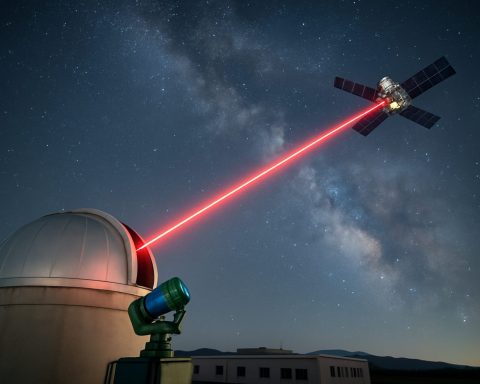
Transformer Architecture
Transformer Architecture refers to a model design used in the field of machine learning, particularly in natural language processing (NLP). Introduced in the paper "Attention is All You Need" by Vaswani et al. in 2017, it is characterized by its use of self-attention mechanisms to process sequential data without relying on recurrent or convolutional structures.The architecture consists of an encoder-decoder framework where the encoder processes the input data and generates a representation, and the decoder produces the output sequence from this representation. The key innovation of Transformers is the self-attention mechanism, which allows the model to weigh the significance of different words in a sequence relative to each other, enabling it to capture long-range dependencies effectively.Transformers are highly parallelizable, which improves training efficiency, and have become foundational in developing state-of-the-art models for various tasks, including translation, text generation, and summarization. This architecture has also inspired numerous variations, such as BERT, GPT, and T5, further advancing the capabilities of AI in understanding and generating human language.





